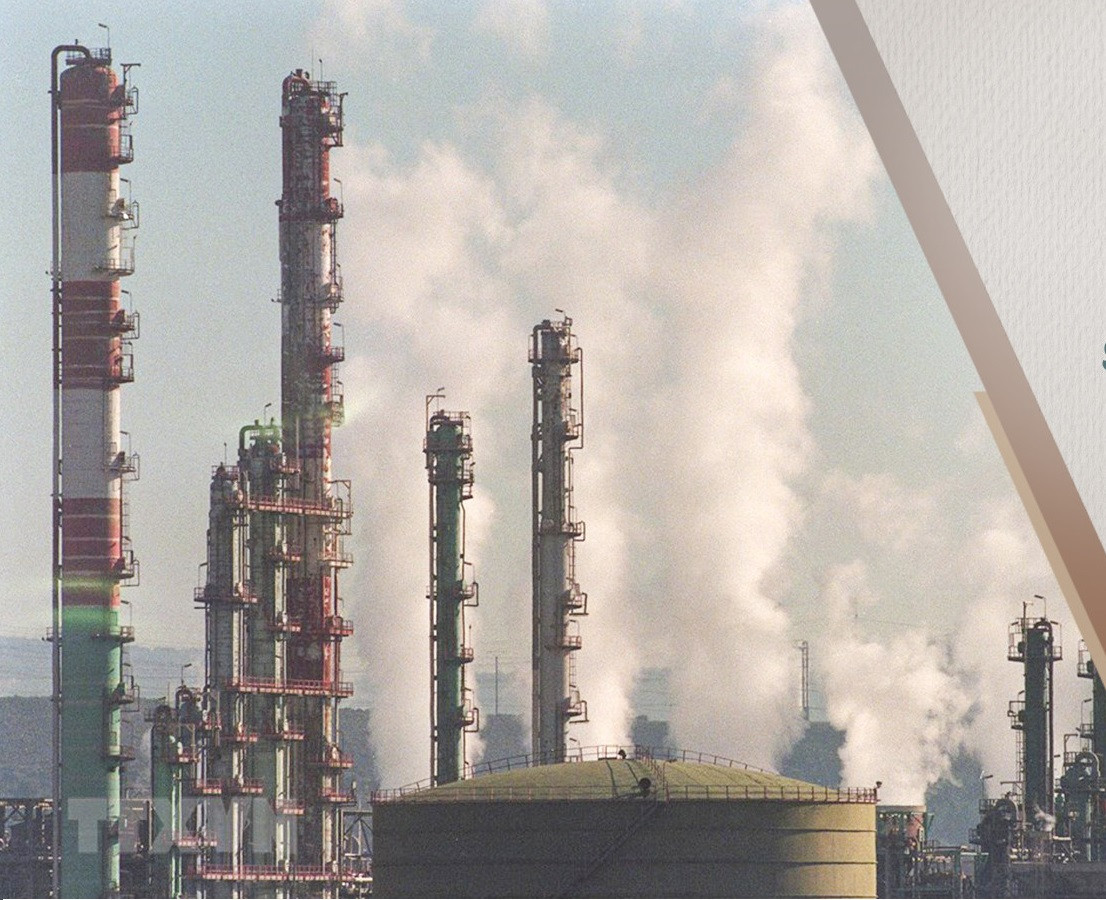
To achieve the goal, the corporation must develop a specific roadmap. Research on the tally of carbon emissions throughout the group's entire supply chain shows that nearly two-thirds of greenhouse gas emissions come from agriculture (raw material production). Therefore, addressing emissions is one of Nestlé's goals for achieving its net zero commitment.
In Vietnam, Nestlé has implemented a model of "regenerative agriculture" for coffee farmers in the Central Highlands. Previously, coffee farming followed traditional methods, using chemical fertilizers and herbicides. Herbicides are very toxic, and when sprayed into the soil, affect the environment in the long run.
Since switching to "regenerative agriculture", farmers have used selected plant varieties and modern farming methods and no herbicides. They cut the grass and the dry twigs and leaves once gathered and burned are now chopped, smashed and scattered in the garden to prevent weed growth.
Thanks to the use of high-quality seedlings, the amount of irrigation water and chemical fertilizers has been significantly reduced. Input costs have decreased but productivity has increased.
Coffee is often grown in combination with pepper, avocado and other plants. "Regenerative agriculture" not only helps farmers in the Central Highlands reduce costs, increase productivity, quality and profit, but also brings greater value. It reduces chemical use and greenhouse gas emissions, conserving and restoring agricultural land and ecosystems, bringing benefits to the environment and society.
In December 2021, at the 26th United Nations Climate Change Conference (COP 26), nearly 150 countries including Vietnam pledged to bring their net emissions to zero by mid-century.
According to the United Nations Environment Program (UNEP), global warming by the end of this century is forecast to go up by 2.7°C. If commitments to bring net emissions to zero are fully implemented, it is estimated that global temperature will still increase by about 2.2°C. The living environment is getting harsher, so implementation of emission reduction is extremely urgent.
Vietnam has joined many free trade agreements in the world. The reduction of greenhouse gas emissions in economic activities is a trend globally and cannot be reversed. For example, the EU has launched a "Carbon Border Adjustment Mechanism” (CBAM) to reduce carbon leakages (a situation in which businesses in the EU seek to move carbon-intensive production activities abroad to take advantage of the lax standards in those places). Through CBAM, the EU hopes to prevent the risk of carbon leakage by balancing the carbon price between domestic and imported products.
Accordingly, CBAM will impose an import tax on goods imported into the EU. The tax rate depends on the emission content in production as well as the difference between the carbon price under the ETS (Emissions Trading System) of the EU and the price in the country of production.
After the CBAM is applied, goods entering the EU market will become more expensive unless enterprises make cuts in greenhouse gas emissions. Currently CBAM is applied to imported products in the industries of electricity, iron and steel, fertilizer, aluminum and cement.
Enterprises have a transition period of two years (from January 1, 2023 to December 31, 2024) to inventory greenhouse gas as well as the emissions of units in the supply chain. The range of manufacturing industries covered by CBAM will be expanded in the future.
CBAM will have a great impact on Vietnamese exporters to the EU. This mechanism may affect the competitiveness of many Vietnamese exporters to the EU market.
Enterprises must transform
The mechanism will force Vietnamese exporters to the EU market to reduce greenhouse gas emissions in order to increase their competitiveness. Other markets such as the United States, Japan, Australia or South Korea have also been building similar mechanisms to fulfill commitments to cut greenhouse gas emissions, and balance carbon prices between domestic and imported products. It is just a matter of time.
Ms. Nguyen Thi Hien Trang, an emissions reduction expert from Act Renewable, said that many Vietnamese businesses are not interested in this issue, especially small and medium ones. Businesses that do not have a clear awareness and preparation of this issue will face disadvantages with export goods in the near future.
Vietnam has set an ambitious target of reducing greenhouse gas emissions from now to 2050. The revised Environmental Law in 2020 contains article 91 on mitigation of greenhouse gas emissions, and Article 139 on the organization and development of the carbon market.
Recently, the Government's Decree 06/2022/ND-CP issued on January 7, 2022 stipulates mitigation of greenhouse gas emissions and protection of the ozone layer. All show that the Government of Vietnam has a roadmap and method to mitigate greenhouse gas emissions. There is a list of nearly 2,000 enterprises that must pilot the reporting of greenhouse gas emissions by 2025.
In following years, a carbon market will be developed and a carbon tax will be implemented. Carbon tax is one of the taxes chosen by many countries to contribute to the efficient use of fossil fuels and to curb climate change. Imposing a carbon tax will help reduce energy consumption, encourage the use of clean energy sources, and mobilize private finance.
Carbon tax revenue can also be spent on essential research and development to support the transition from fossil to renewable energy. The cost of achieving emission reductions through a carbon tax approach will be less than the cost of overcoming disasters caused by climate change.
This will have a far-reaching impact on many aspects of the country's economy. Enterprises, especially manufacturing enterprises with high emission intensity, must transform themselves.
Tran Thuy